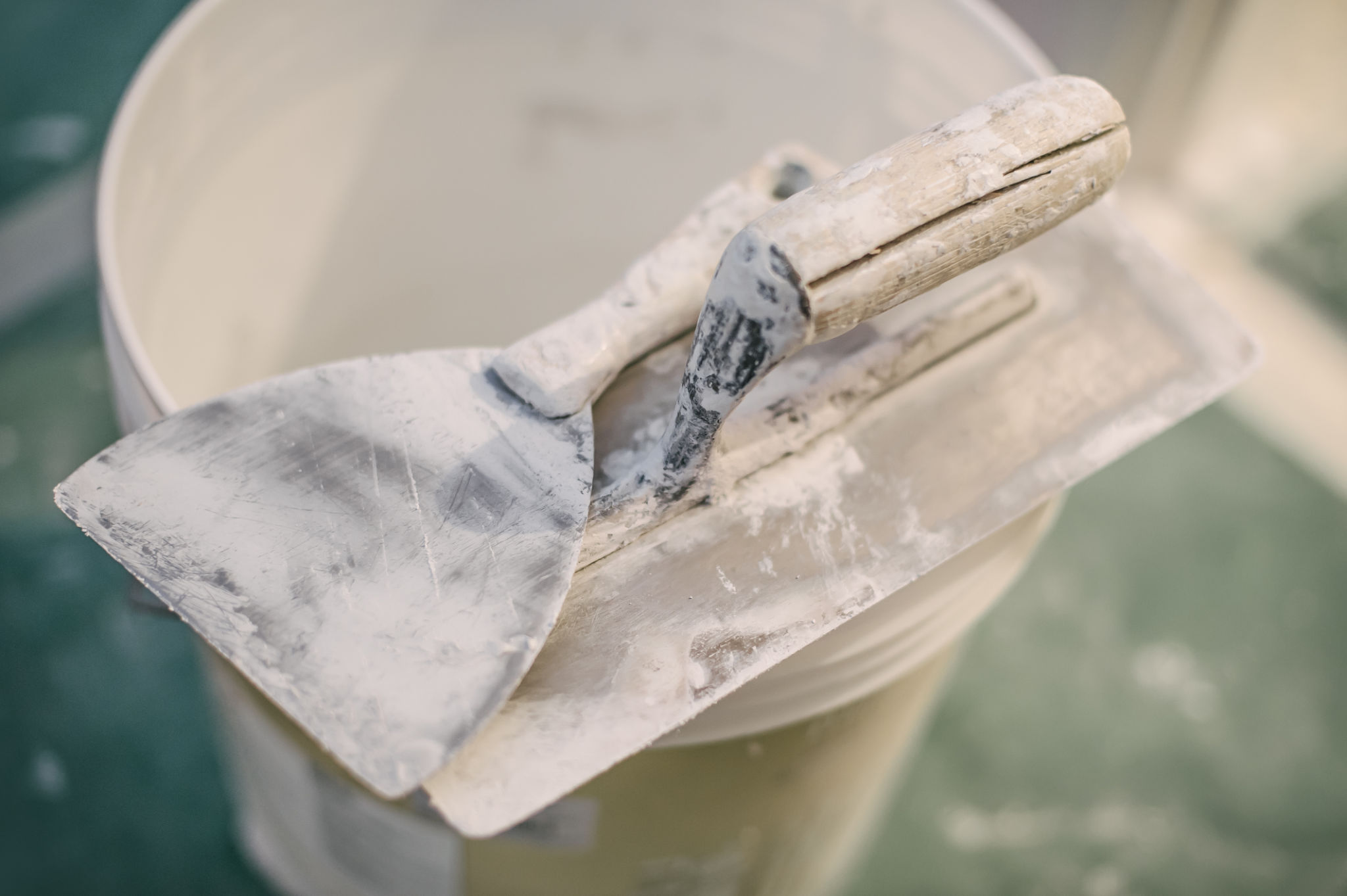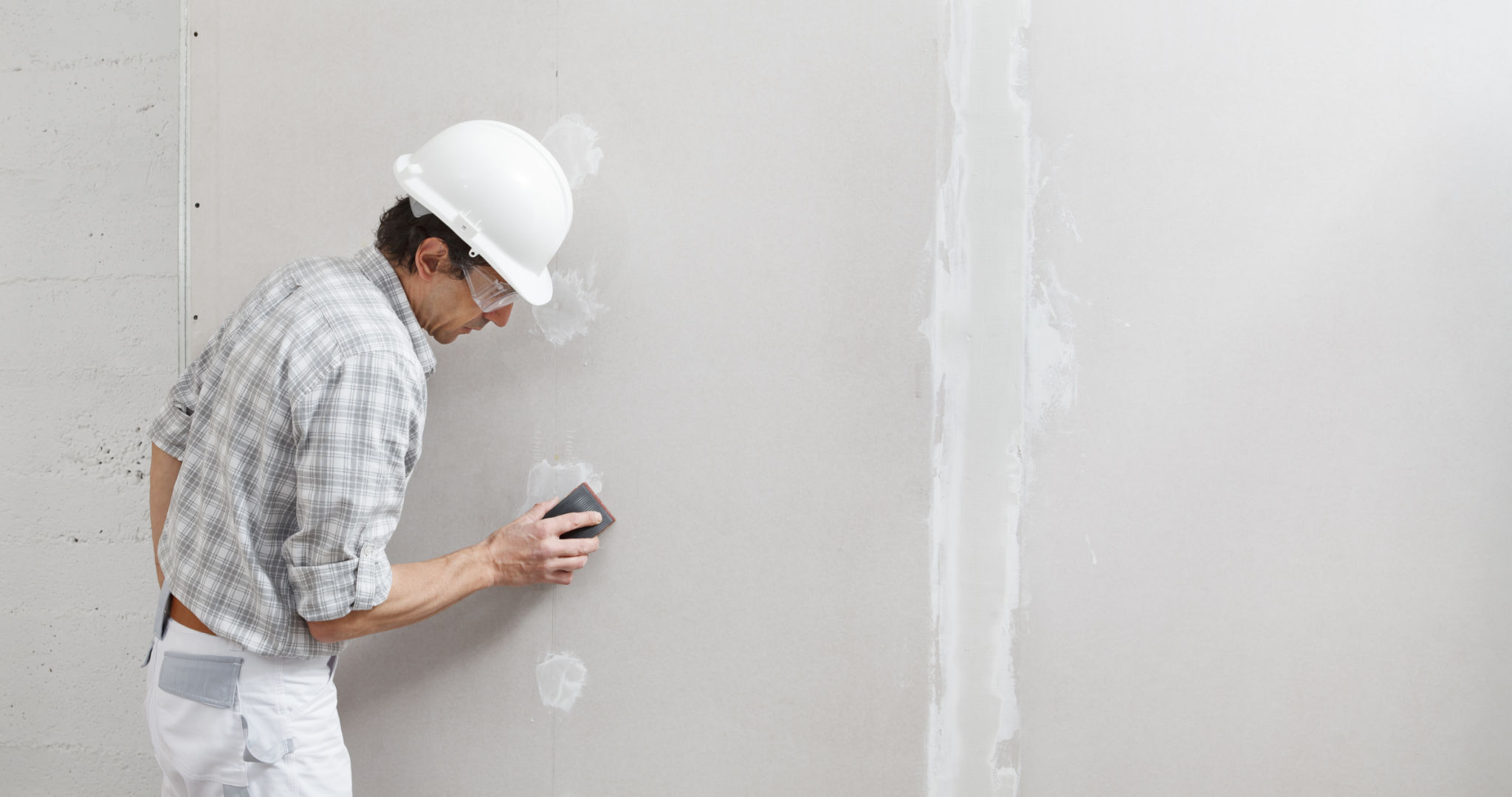Expert Tips for a Perfect Drywall Finish: What the Pros Know
Understanding the Basics of Drywall Finishing
Achieving a perfect drywall finish is an art that requires a combination of the right techniques, tools, and a little patience. Whether you're a DIY enthusiast or a professional contractor, mastering this skill can greatly enhance the appearance and value of any space. In this post, we'll explore some expert tips that can help you achieve that flawless finish every time.
The first step in drywall finishing is understanding the importance of preparation. Before you even begin taping or applying joint compound, make sure the drywall panels are properly installed and all screws are countersunk slightly below the surface. This ensures a smooth base and helps prevent future issues.

Choosing the Right Tools and Materials
Having the right tools can make all the difference in achieving a professional-looking finish. Invest in high-quality taping knives, a mud pan, and a sanding pole. These tools will not only make the job easier but also improve the quality of your work.
When it comes to materials, selecting the appropriate joint compound is crucial. Most professionals prefer using a combination of quick-set and ready-mix compounds. The quick-set compound is ideal for the initial coat as it dries faster, while the ready-mix is easier to work with for finishing coats.

Mastering the Taping Technique
Taping is a critical step in drywall finishing, serving to reinforce the joints and create a seamless appearance. Start by applying a thin layer of joint compound over the seams using a taping knife. Then, embed the drywall tape into the compound, smoothing it out to eliminate bubbles and wrinkles.
Once the tape is in place, apply another thin layer of joint compound over it. Feather the edges to ensure they blend seamlessly into the surface. Allow this to dry completely before moving on to additional coats.
Layering and Sanding for Smoothness
A perfect finish often requires multiple layers of joint compound. Typically, three coats are sufficient: a taping coat, a fill coat, and a finish coat. Each layer should be slightly wider than the last to create a gradual transition.

After applying each coat, let it dry thoroughly before sanding. Use fine-grit sandpaper to smooth out any imperfections. Sand with light pressure to avoid creating depressions or damaging the drywall surface. It's important to wear a mask during this process to protect yourself from dust.
Achieving the Final Touches
Once you've sanded the final coat, it's time for those finishing touches that make a world of difference. Inspect the surface for any remaining imperfections, such as pinholes or rough spots, and address them with a thin layer of joint compound.
After sanding these touch-ups, wipe down the entire surface with a damp cloth to remove any remaining dust. This prepares the drywall for priming, which is essential for an even paint application and to prevent future blemishes from appearing.

Conclusion: Practice Makes Perfect
Achieving a professional drywall finish takes practice and patience, but with these expert tips, you'll be well on your way to mastering this skill. Remember that each step is important—from choosing the right tools to applying even layers of compound and sanding carefully.
Whether you're tackling a small room or an entire house, taking your time to perfect your technique will pay off in the long run with beautifully finished walls that stand the test of time.
